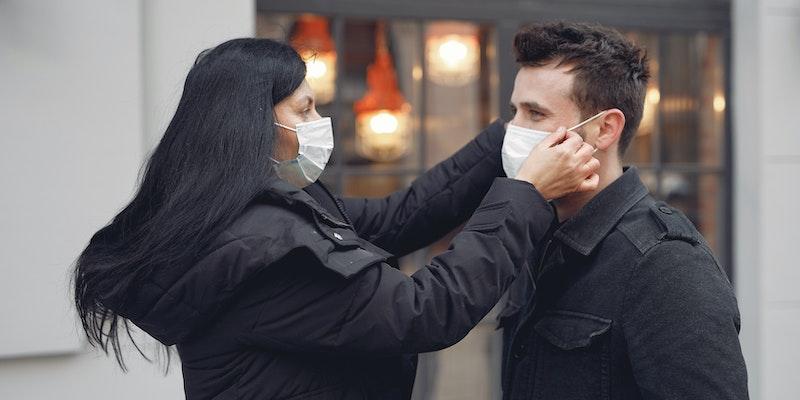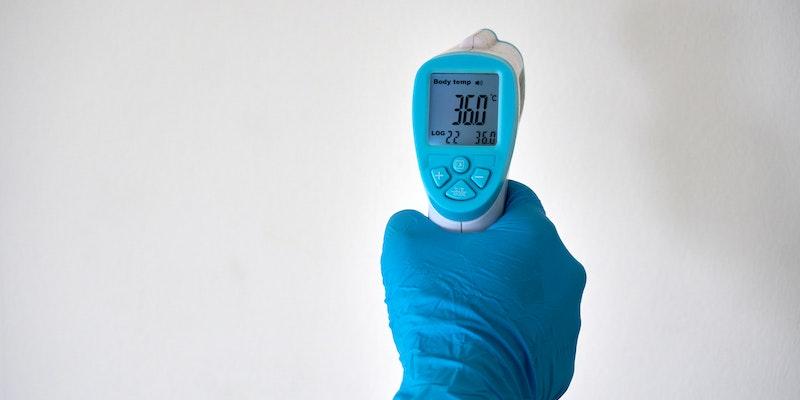Aspiration pneumonia, a lung infection, results from inhaling foreign materials, typically food, saliva, liquids, or stomach contents, into the lungs. This condition distinguishes itself through its unique origin, primarily involving substances not meant to enter the respiratory system, leading to inflammation and bacterial infection.
Understanding the Condition
The human body is designed to prevent such aspiration through reflexes like coughing; however, in some instances, these mechanisms fail or are compromised, allowing the entry of foreign materials into the lungs. Once inside, these substances can initiate an inflammatory response, promoting an environment suitable for bacterial growth and infection, leading to aspiration pneumonia symptoms.
Defining Aspiration Pneumonia
Aspiration differs from regular pneumonia and is primarily caused by breathing in infectious agents like bacteria, viruses, or fungi. The critical differentiator in aspiration pneumonia is the entry of non-air substances, creating an environment for infection, leading to swollen bronchioles and fluid-filled air spaces, thereby complicating the respiratory process.
Distinguishing Between Pneumonia and Pneumonitis
It is crucial to differentiate between pneumonitis and pneumonia. Pneumonitis refers to the general inflammation of lung tissue. In contrast, pneumonia denotes a specific subtype of pneumonitis where infection is present, thereby complicating the diagnosis due to the similarity in symptoms.
Epidemiology
Aspiration pneumonia is a relatively common condition, especially among specific population groups. The elderly, individuals with compromised immune systems, and those with pre-existing neurological disorders are particularly susceptible. The prevalence of aspiration pneumonia in these demographics highlights the importance of awareness and preventive measures.
Risk Factors
- Age: Individuals over 65 years of age are at an elevated risk.
- Neurological Disorders: Conditions like Parkinson's disease can compromise swallowing mechanisms.
- Immune System: A weakened immune system increases susceptibility to infections.
- Medical Procedures: General anesthesia and some dental procedures can temporarily impair reflexes, increasing the risk of aspiration.
Healthcare Implications
The high prevalence among vulnerable populations necessitates robust healthcare strategies to identify and manage aspiration pneumonia. Healthcare professionals must be well-versed in recognizing aspiration pneumonia symptoms promptly and administering appropriate aspiration pneumonia treatment, including the judicious use of aspiration pneumonia antibiotics.
How Is Aspiration Pneumonia Caused?

Aspiration pneumonia arises from inhaling foreign substances, including oral secretions laden with bacteria, stomach contents, food, and liquids. Once inside the lungs, these substances trigger inflammatory responses, setting the stage for bacterial infection and the development of pneumonia.
Pathophysiological Process
The pathophysiological process of aspiration pneumonia involves the interaction of inhaled substances with the lung's defense mechanisms. Foreign materials disrupt normal lung function, leading to inflammation, bacterial growth, and infection, manifesting aspiration pneumonia symptoms.
Implications of Etiological Factors
Understanding the etiological factors of aspiration pneumonia is crucial for effective management and treatment. Identifying the causative substances and their interaction with lung tissue helps determine the appropriate aspiration pneumonia treatment, including selecting suitable aspiration pneumonia antibiotics to address the underlying infection.
Diagnosis and Tests
Diagnosing aspiration pneumonia can be challenging, as patients often present without anyone witnessing the aspiration event. A thorough medical history and physical examination are the starting points, with healthcare providers keenly noting any indication of aspiration pneumonia symptoms. The patient's ability to articulate their symptoms can significantly aid in early diagnosis and prompt initiation of aspiration pneumonia treatment.
Imaging Studies
Chest X-rays and computed tomography (CT) scans are invaluable tools in diagnosing aspiration pneumonia. These imaging studies provide a visual representation of the lungs, enabling the identification of inflammation or infection, typically located at the lung bases in cases of aspiration pneumonia.
Laboratory Tests
Complete blood counts can reveal the body's infectious response. High white blood cell levels indicate inflammation. Additionally, sputum tests are conducted to analyze the mixture of saliva and mucus produced during coughing, explaining the type of bacteria causing the infection and guiding the choice of aspiration pneumonia antibiotics.
Specialized Procedures
In some instances, bronchoscopy might be necessary. This procedure uses a bronchoscope to examine the lungs and possibly take samples for testing. Swallowing tests can also help patients with dysphagia assess their swallowing mechanism.
Management and Treatment
Some management and treatment points and headers are presented below:
Antibiotic Therapy
Antibiotic therapy is the cornerstone of managing aspiration pneumonia. The selection of appropriate aspiration pneumonia antibiotics is critical and depends on various factors, including the location of pneumonia acquisition and any known allergies. Antibiotics are instrumental in controlling and eliminating bacterial infection and alleviating aspiration pneumonia symptoms.
Supportive Measures
Oxygen therapy may be needed to maintain oxygenation while fighting the infection. Mechanical ventilation may help severe respiratory distress patients breathe.
Preventive Strategies
Preventing further episodes of aspiration is vital. Healthcare providers work closely with patients to implement strategies such as dietary modifications and swallowing exercises to minimize the risk of recurrent aspiration. These strategies are essential, particularly for patients with underlying medical or neurological conditions predisposing them to aspiration.
Multidisciplinary Approach
A multidisciplinary approach involving various healthcare professionals is often necessary to address the diverse needs of patients with aspiration pneumonia. This approach ensures comprehensive care, addressing the immediate aspiration pneumonia symptoms, underlying risk factors, and potential complications.
Prevention and Risk Reduction

Several lifestyle modifications can reduce the risk of aspiration pneumonia. These include avoiding excessive alcohol consumption and recreational drug use, maintaining an upright position while eating, and practicing thorough chewing. Such habits can significantly decrease the likelihood of experiencing aspiration pneumonia symptoms.
Swallowing Assessment
A swallowing assessment is crucial for individuals experiencing recurrent choking episodes or those with known swallowing difficulties. Healthcare providers may recommend diet or medication changes and refer patients to speech professionals or swallowing specialists for further evaluation and management.
Oral Hygiene
Maintaining good oral hygiene is a simple yet effective preventive measure. Regular dental check-ups and proper oral care can reduce the bacterial load in the mouth, decreasing the risk of developing bacterial infections when aspiration occurs.
Targeted Interventions
High-risk populations like the elderly and those with neurological disorders need targeted interventions. These vulnerable groups benefit from tailored aspiration pneumonia treatment and prevention plans that improve quality of life and reduce disease incidence.
Prevention Strategies
- Lifestyle Modifications: To mitigate the risk of aspiration pneumonia, individuals are advised to avoid excessive alcohol and recreational drug use, maintain an upright posture while eating, chew food thoroughly, and refrain from smoking.
- Medical Interventions: Individuals experiencing swallowing difficulties should consult healthcare providers who can adjust diet medications or recommend specialist referrals to address underlying issues and prevent aspiration pneumonia.
Prognosis
With timely and appropriate treatment, most patients recover from aspiration pneumonia. However, the overall prognosis is contingent on the individual's general health, co-existing conditions, and the severity of pneumonia at the initiation of treatment.
Duration of Recovery
While most patients recuperate within a week, residual fatigue can persist, sometimes lasting up to a month. Recurrent aspiration, especially in patients with underlying conditions, necessitates specialized care from a multidisciplinary team to manage effectively.




